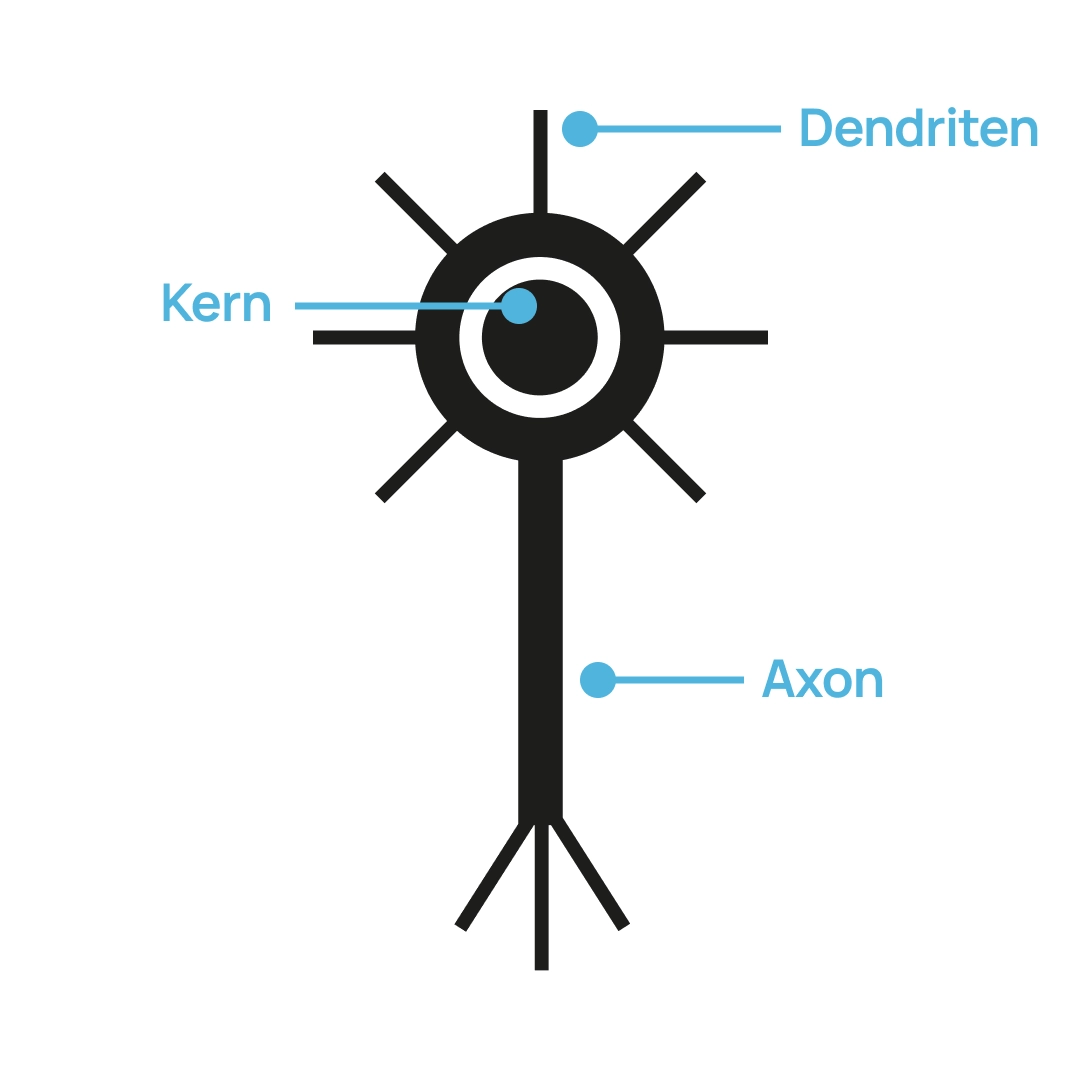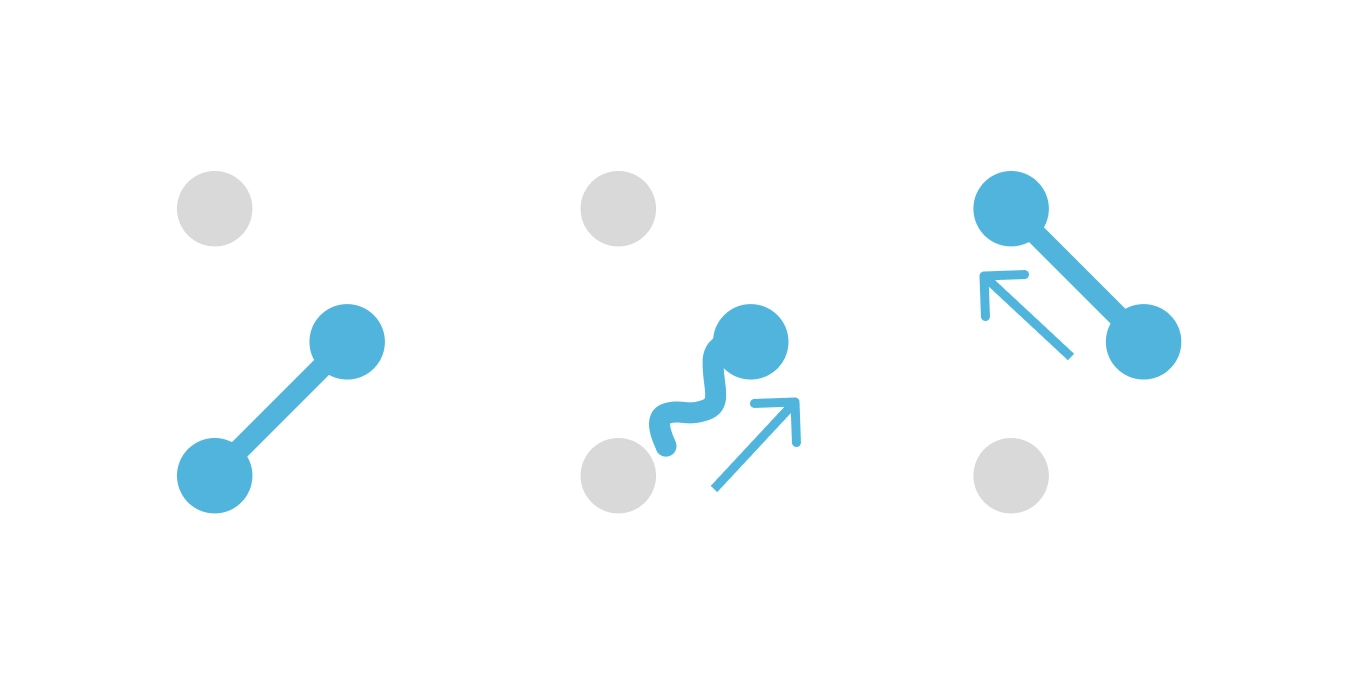The science behind Rewire
How does the brain adapt and thrive in the face of change? This chapter uncovers the science behind Rewire, exploring neuroplasticity, neurogenesis, and echolocation to gain understanding of human perception and resilience.
Neurons: The Spark of Thought and Action
Neurons are the fundamental units of the brain and nervous system, often referred to as the "messengers" of the body. These specialized cells transmit information through electrical and chemical signals, enabling everything from basic reflexes to complex thoughts. A typical neuron consists of three main parts: dendrites, which receive signals; the cell body, which processes them; and the axon, which sends signals to other neurons, muscles, or glands.

The human brain contains approximately 86 billion neurons, interconnected by trillions of synapses — points where neurons communicate.1,2

Neuroplasticity: The art of morphing
Neuroplasticity is the brain’s great ability to reorganize and adapt itself by forming new neural connections throughout life. It enables us to learn new skills, recover from injuries, and even rewire our habits and behaviors. Contrary to the outdated belief that the brain becomes rigid after childhood, neuroplasticity proves that change is possible at any age.
This adaptability is driven by our experiences, thoughts, and actions. For example, learning a new language activates and strengthens specific neural pathways, while unused connections are pruned to optimize the brain’s efficiency.3 Neuroplasticity is not just a scientific phenomenon — it’s a testament to the human capacity for growth and resilience. 4
“There is a widespread belief that learning no longer works in old age because the brain loses its malleability and changeability over time. But this is incorrect”
Niels Birbaumer
Dein Gehirn weiß mehr, als du denkst
Neurogenesis is the process by which the brain creates new neurons, primarily in the hippocampus, a region critical for memory, learning, and emotional regulation.3 For decades, it was believed that neurogenesis only occurred during early development. However, research has shown that the adult brain continues to generate new neurons throughout life, challenging the idea that the brain becomes static after childhood.
The creation of new neurons is a critical aspect of brain adaptability. For example, research by Dr. Tracey Shors at Rutgers University demonstrates that while new neurons are constantly formed, they often die unless they are actively engaged through learning or cognitive challenges.5,6 This highlights the importance of creating stimulating environments to preserve and utilize these new neurons.



